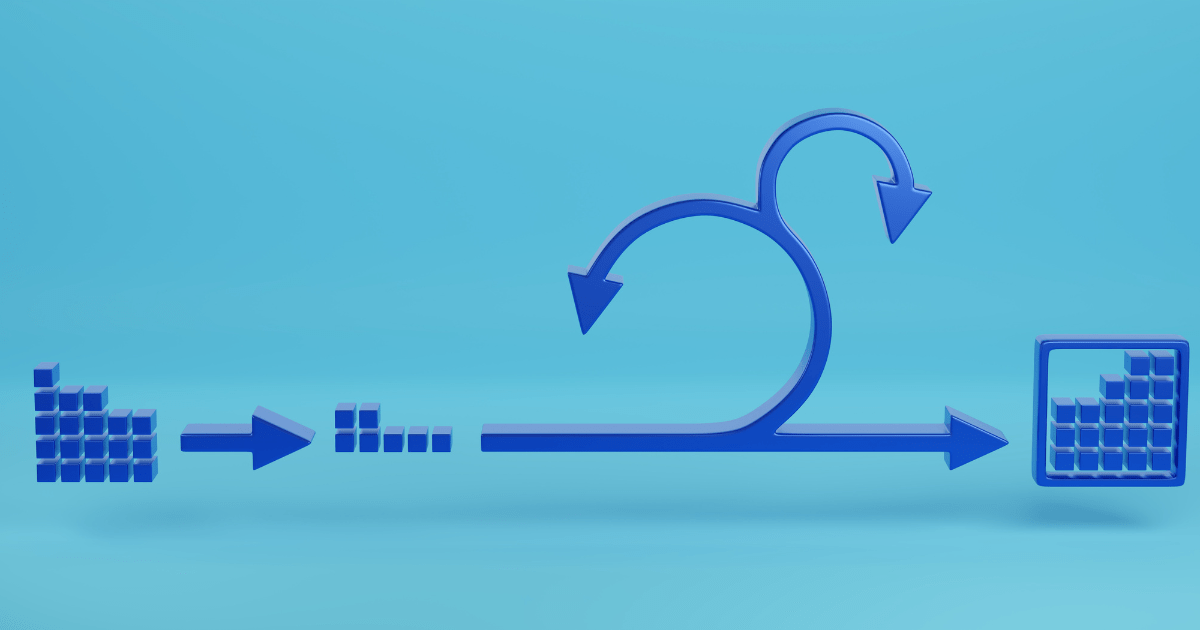Agile has revolutionized software development by introducing collaboration, flexibility, and customer-centricity to project management. This method, which is characterized by its iterative nature and ability to adapt to changes, stands in stark contrast with the traditional waterfall model. Scrum is one of the most popular frameworks within Agile.
It guides teams to deliver complex projects efficiently. This article examines the benefits and practical applications of Agile methodologies and the Scrum Framework.
Table of Contents
Understanding Agile Methodology
The Agile Methodology is a set principles for software development that allows requirements and solutions to evolve by collaborating with self-organizing, cross-functional teams. It promotes adaptive planning, evolution, early delivery and continual improvements, while encouraging flexible responses to changes.
Core Principles of Agile

- Customer satisfaction through early and continuous delivery: Agile emphasizes the frequent delivery of functional software, with a preference to a shorter timeline.
- Agile Processes: Adapting to changing requirements: Even at the end of the development process, agile processes can harness the change for the competitive advantage of the customer.
- Frequent delivery of working software: short timescales, often weeks instead of months, are preferred.
- Collaboration Between Business Stakeholders : It is essential to maintain the alignment of the project with the business objectives.
- Motivated individuals: Provide the environment and support that developers require and trust them to do the job.
- Face to Face Communication : The most efficient method for communicating information in a development group.
- The primary measure of progress is working software: Prioritizing tangible and functional products over extensive documentation.
- Sustainable Development : Promotes a constant work pace, allowing developers maintain a balance of work and private life.
- Technical excellence and good design: Enhance agility by paying constant attention to detail in technical details and design quality.
- Simplicity : It is important to minimize the amount of work that you do.
- Self Organizing Teams : Teams who organize themselves in order to achieve the best architectures and requirements.
- Regular reflection and adjustment: Team members reflect on ways to improve their performance and adapt their behavior.
Agile Methodology: Benefits
- Improved product quality: Continuous tests and feedback loops are used to identify and address issues.
- Customer Satisfaction : Frequent deliveries of functional software keep customers engaged and happy.
- Improved Project Control Regular meetings and updates increase transparency and control of the project.
- Reduced risks: Early delivery and frequent software delivery reduces the risk that a project will fail.
- Flexibility: Agile teams can adapt quickly to changing conditions because of its iterative nature.
Scrum Framework
Scrum is a framework for Agile that improves team productivity and collaboration. It divides the development process up into manageable, smaller units called sprints. These typically last between two and four weeks. Scrum Framework allows for continuous improvement, and rapid adaptation to changing needs.
Scrum Roles
- Product Owner Represents stakeholders and is responsible to maximize the value of the products by managing the backlog.
- Scrum master: Facilitates Scrum, ensuring that the team adheres to Scrum practices. Removes any obstacles which may hinder progress.
- Development team: An autonomous group of professionals that works to deliver a “Done” increment at the end each sprint.
Scrum Artifacts
- Product backlog A list that contains all the information known about a product. This is the only source for all product changes.
- Sprint backlog : A set of selected product backlog items for the sprint plus a plan to deliver the product increment, and achieve the sprint goal.
- Increment : The sum of the backlog items that were completed in a sprint, and the value for all previous sprints.
Scrum Events
- Sprint : A period of time, usually one month or less, during which an “Done”, useable and potentially releaseable product increment can be created. Sprints are consistent in length throughout the development process.
- Sprint planning is a collaborative event where the Scrum team as a whole plans the work that will be done during the sprint. The team selects the items to include in the sprint backlog from the product backlog and defines the sprint goal.
- Daily scrum: 15-minute event that forces the team to plan and synchronize their activities for the following 24 hours.
- Sprint review: A meeting at the end of a sprint to examine the increments and adjust the product backlog as needed. The Scrum team collaborates with stakeholders to review what was accomplished in the sprint.
- Sprint Review: Meeting held immediately after sprint review, and before the next sprint to plan and review the sprint just completed and to create a plan of improvements that will be implemented during the following sprint.
Ready to enhance your software quality and accelerate your time to market? Contact us today at sales@stelotechnology.com to request a customized quote for your business!
Agile and Scrum: Implementing Agile and Scrum
Agile and Scrum require a change in mentality from the traditional approaches to project management. Teams must embrace collaboration, flexibility, and continuous improvement.
Here are some tips to help you successfully implement Agile and Scrum.
- Training: Make sure all team members are familiar with Agile principles and Scrum through workshops and training.
- Choose the Right Tools Use tools that support Agile processes such as JIRA or Trello to track progress and manage backlogs.
- Agile Pilot Project: Start with a smaller project to learn the dynamics of Agile before you scale up.
- Promote open communication: Create an environment in which team members are comfortable with sharing their ideas and feedback.
- Continuous improvement: Reflect regularly on processes and make adjustments as necessary to improve efficiency and effectiveness.
Common Challenges of Agile and Scrum
- Resisting Change Team members used to traditional methods might resist the change to Agile.
- Misunderstanding agile principles: Teams may misinterpret the Agile principles without proper training. This can lead to poor implementation.
- Lacking Team Collaboration Successful Agile implementation depends on high levels collaboration. This can be difficult in dispersed team.
- Inconsistent practices: It can be difficult to ensure consistency in Agile across teams, especially large organizations.
Conclusion:
Scrum and Agile methodologies are dynamic approaches to software development that emphasize collaboration, flexibility and customer satisfaction. Teams can improve their product quality and productivity by understanding and implementing Scrum practices.
Agile is a journey that may be challenging, but it’s worth it because of the benefits. Embrace Agile Scrum and stay competitive in the fast-paced world of software development.


